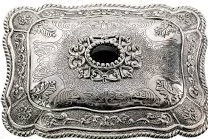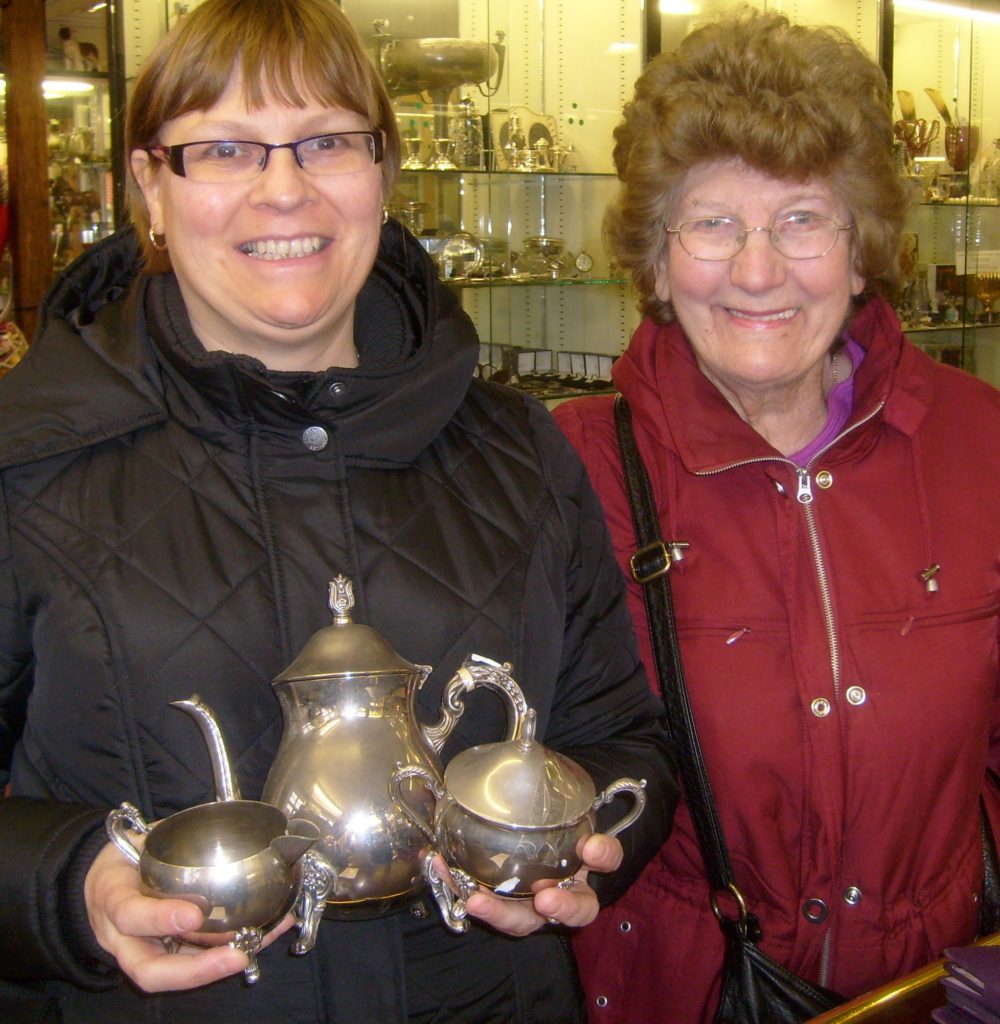Quite often as you walk around the Arcade, you might find a print or a painting which one could loosely term Modern Art. You might find a small sculpture which also falls into the same category. I have found that people either like or dislike modern art. In my view sometimes people become uncomfortable with this type of art because they feel it attacks them or challenges them.
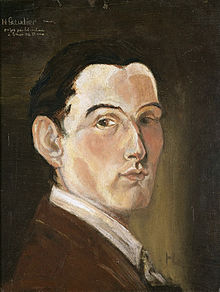
Self Portrait of Heni Gaudier-Brzeska 1909
Whilst Constable’s view of Salisbury Cathedral is easy to understand and the viewer feels comfortable, Tracey Emin’s unmade bed (My Bed) for instance takes them out of their comfort zone. Indeed when viewing the Emin bed a number of years ago, I was surprised by the hostility it aroused. Some of the comments I heard cannot be shared in polite company. But whilst I like Tracey’s work and many other modern artists, I am only going to concentrate on one artist in this article. The name of this artist is Henri Gaudier-Brzeska who lived between 1891 and 1915.
As you can see from his dates these were changing times and Henri’s art reflected this.
This said, his name is not the first one that springs from ones lips when considering artists of the early twentieth century. Henri Gaudier-Brzeska, I have heard of this chap you might say and indeed you have as his life was the subject of the 1972 Ken Russell film Savage Messiah. Although I had been aware of Henri before seeing the movie it furthered my interest in the artist.
The movie starred Scott Antony, the late Dorothy Tutin and a young Helen Mirren. As per normal, Ken Russell went over the top with Henri carelessly climbing over the rocks at Portland and running across railway tracks with trains evident. Helen Mirren’s walk down the great stairs of a stately home was also quite memorable for all the wrong reasons. But what the movie did show was Henri’s relationship with Sophie Brzeska a Polish woman a number of years his senior. But what has this to do with the Arcade?
If I am truthful not much as you would be very lucky to find anything to do with Henri Gaudier-Brzeska in the Arcade or even in Hungerford. But what set me thinking was a small sketch which appeared to have been executed with a blue crayon which although not Henri’s, bore a passing resemblance to his work. I saw it in the Arcade about a year ago. As I was with my wildchild grandaughter, I was not able to examine the work in any detail and could not find it when I returned to the Arcade a week or so later. It had most probably been sold or I had lost my bearings.
Henri Gaudier-Brzeska was born in Saint-Jean-de-Braye near Orleans on the 4th of October 1891. Not much is recorded of his life until 1910 when he arrived in London with Sophie Brzeska a Polish woman who was at least twice his age (Henri was eighteen). They had met at the Bibliotheque Sainte -Genevieve in Paris and the pair started an intense, although it appears platonic, relationship.
Sophie Brzeska played an important part in Henri’s artistic development. Her views of art were not those of Henri’s and in my view this polarity influenced this art. They linked their names (although this was always unofficial). He was troubled by his sensitivity towards art and this was reflected in a letter he wrote at the time.
When I face the beauty of nature, I am no longer sensitive to art, but in town I appreciate its myriad benefits – the more I go into the woods and the fields the more distrustful I become of art and wish all civilization to the devil; the more I wander about amidst filth and sweat the better I understand art and love it; the desire for it becomes my crying need.
Shortly after Henri turned to sculpture and this is what he is best remembered for.
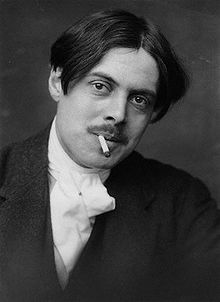
Wyndham Lewis
When in London, he became associated with the Vorticist movement of Ezra Pound and Wyndham Lewis and others. For those not familiar with Vorticism this was a modernist movement which rejected landscapes and the familiar and lent towards a geometrical style on its way towards abstraction. Indeed, it was the dynamic of Vorticism and its near brother Futurism that in its way anticipated the mechanical carnage of the Great War although both movements had all but disappeared by 1920. It had roots in Cubism, Futurism and was slightly influenced by the Bloomsbury Group.
This said, I can find no evidence that Henri ever visited Hungerford or Berkshire with his British friends. Pound and Lewis and others were associated with the Bloomsbury’s but I cannot see even a linear connection with our little town.
For a while he was influenced by Jacob Epstein, but soon found his own ground. He grew away from the highly finished Classical sculptures and began to lean towards an unfinished style (with tool marks evident and maybe traces of the artist). As he was living in poverty with Sophie, he was unable to afford the materials required to create large sculptures. He adapted this by working on smaller sculptures and took an interest in the Japanese Netsuke genre. He was also influenced by African and Pacific Island Art as well as Chinese Calligraphy. His sculptures and drawings of the period show all these influences.
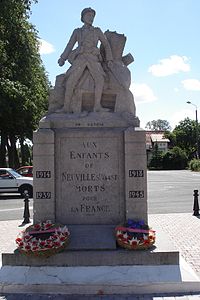 I am lucky to have seen a number of Henri’s sculptures and drawings both in Cambridge and in London and I am left thinking that if he had lived longer where would his creativity have led him? In my view his vision exceeded many of his contemporaries. But Henri was always going to be a shooting star (he shared mental health issues with Sophie) and like Rimbaud or Chatterton was not destined to be with us for long. As with many other artists he died in the carnage of the First World War in the trenches at Neuville-St-Vaast on the 5th of June 1915. Sophie whose mental health deteriorated after his death died in an asylum in 1925. Although flawed, Ken Russell’s film did bring this slightly forgotten artist into the public consciousness and I am glad of that.
I am lucky to have seen a number of Henri’s sculptures and drawings both in Cambridge and in London and I am left thinking that if he had lived longer where would his creativity have led him? In my view his vision exceeded many of his contemporaries. But Henri was always going to be a shooting star (he shared mental health issues with Sophie) and like Rimbaud or Chatterton was not destined to be with us for long. As with many other artists he died in the carnage of the First World War in the trenches at Neuville-St-Vaast on the 5th of June 1915. Sophie whose mental health deteriorated after his death died in an asylum in 1925. Although flawed, Ken Russell’s film did bring this slightly forgotten artist into the public consciousness and I am glad of that.
I can never go to Portland without thinking of Henri and Sophie and I think of them both at the Channel Ports when I am travelling to and fro from the continent. Up to a few years ago before the dreadful redevelopment of Fulham Broadway tube station took place, one could see one of Henri’s small studios a stone’s throw away from Chelsea’s football ground. I used to see it every time I went to a game (and yes, I am still disgusted by its wanton destruction). A very small part of our artistic heritage went with this uncalled for development.
As I noted, you will not find anything original related to Henri in an antique shop or Arcade. His work has been known to fetch six figures at auction. But what you will find are books about Henri and his contemporaries as well as art that has been created under the influence of the early twentieth century artists such as Henri. It will obviously vary in quality but these attempts by unknown artists are worth collecting. I have seen them in the Arcade and in other antique outlets in Berkshire and Wiltshire.
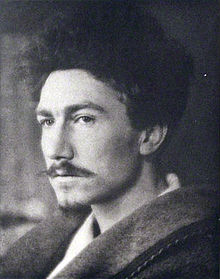
Ezra Pound
Yesterday, I attended the Bedwyn Fete and amongst all the other things I noticed on the White Elephant stall were four busts of African men cut out of either marble or alabaster.
I quite admired these sculptures but they were hiding a small exquisite work of a couple embracing. I purchased this sculpture straight away. Although the handsome African sculptures were tempting, the small almost hidden sculpture reminded me at once of Henri’s work. It is at the most two inches high and about three inches across and the faces of the embracing couple were almost mask like. There is also a screaming silence to the work which I often felt when viewing Henri’s sculptures. The artist is unknown (there is carved name seen but it is not readable). It now has a home on one of my bookcases and complements the organic nature of its near neighbours.
If I have whetted your interest then there are plenty of examples of early twentieth century art and sculpture to be seen in galleries all around the country. Kettle’s Yard in Cambridge is a good place to see Henri’s work as well as Moore, Hepworth and Brancusi to name but a few.
The next time you are in an antique shop or an Arcade and if you are interested, look out for these items of art as they are great fun to have and if you are into minimalist furnishings then these sculptures work well.
Do if you have a moment, visit Henri’s work as it will be rather rewarding for you.
Happy Hunting
Stuart Miller-Osborne


 Every Christmas my wife and I give each other an unspecified amount of money which can range from £1.00 to £30.00 so that we may treat ourselves in the lead up to Christmas.
Every Christmas my wife and I give each other an unspecified amount of money which can range from £1.00 to £30.00 so that we may treat ourselves in the lead up to Christmas. 
 Elizabeth was also a member of the Blue Stocking Society which was an early women’s group led by Elizabeth Montagu (1718-1800).
Elizabeth was also a member of the Blue Stocking Society which was an early women’s group led by Elizabeth Montagu (1718-1800). 

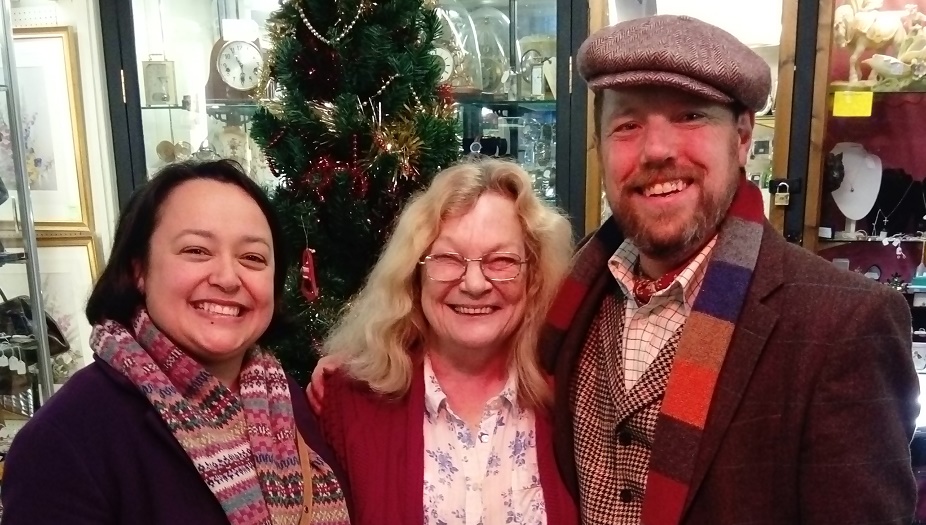
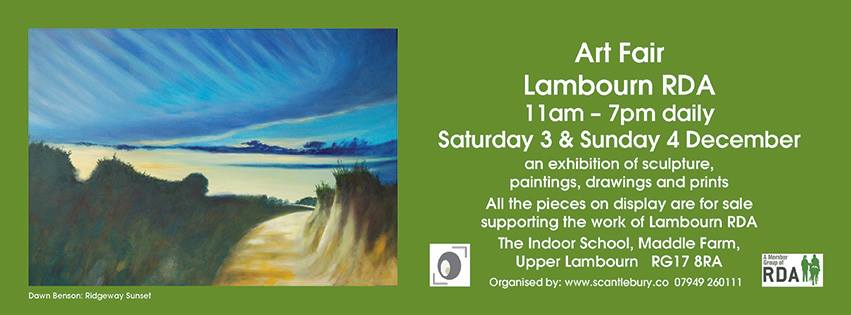
 Everyone is looking forward to the Hungerford Victorian Extravaganza with its, fairground, steam engines, lots of food, people in their Victorian clothes and of course, Father Christmas. An event definitely not to be missed.
Everyone is looking forward to the Hungerford Victorian Extravaganza with its, fairground, steam engines, lots of food, people in their Victorian clothes and of course, Father Christmas. An event definitely not to be missed.



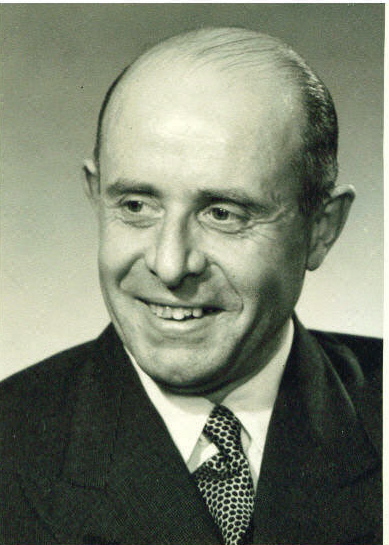
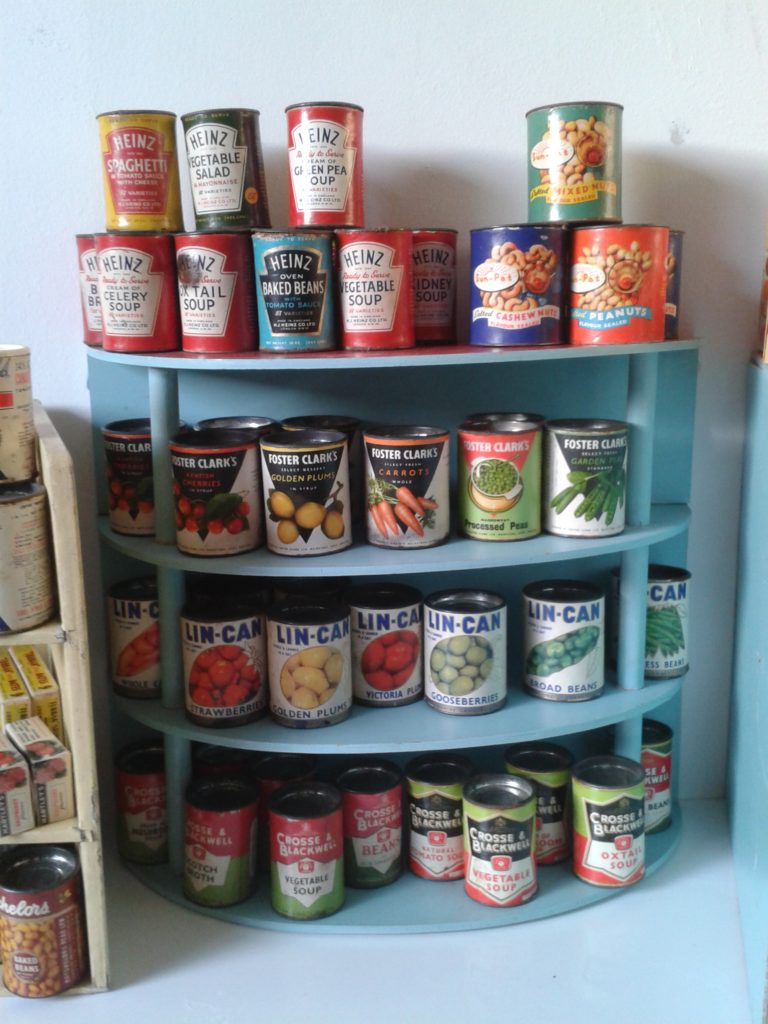
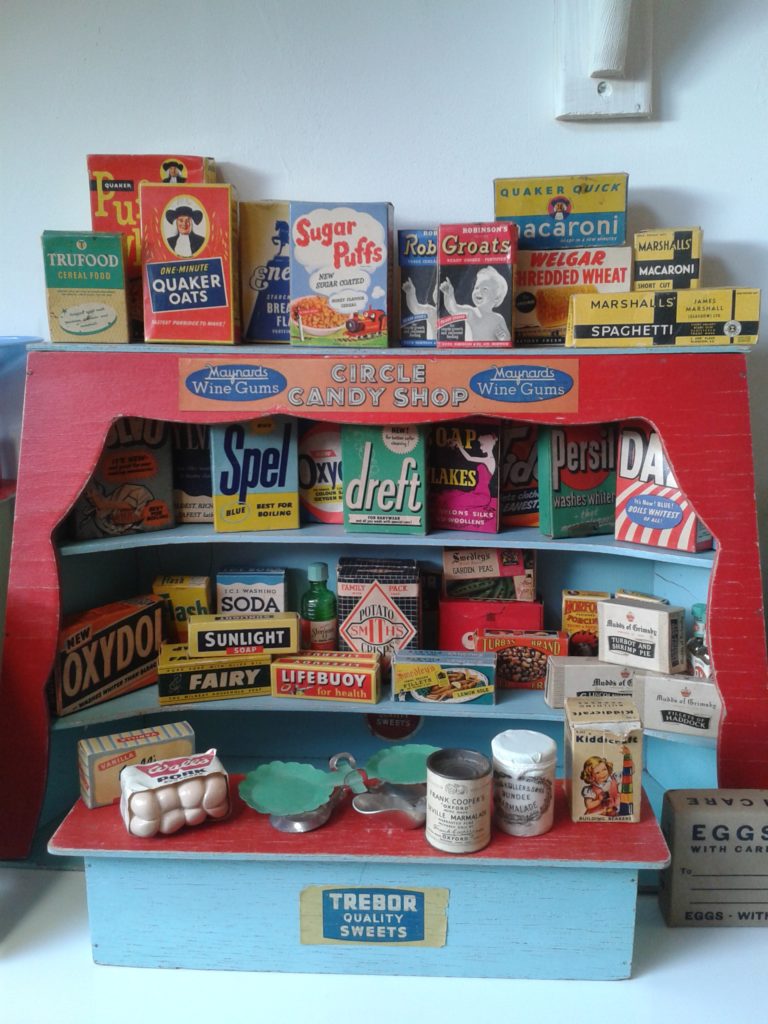
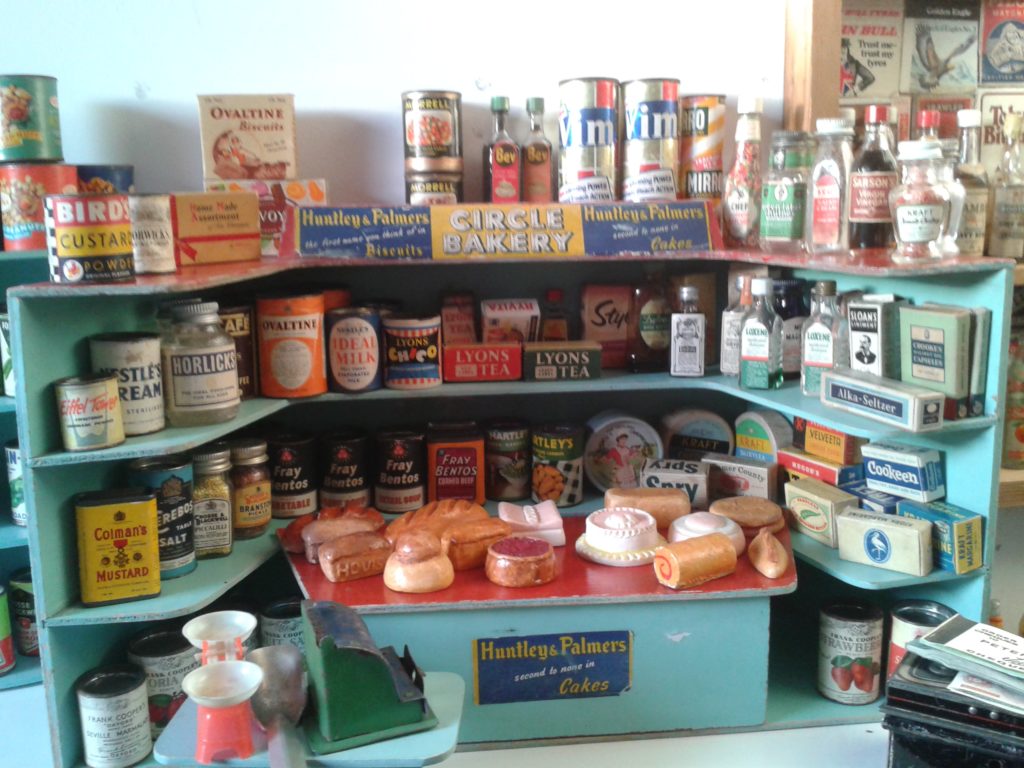
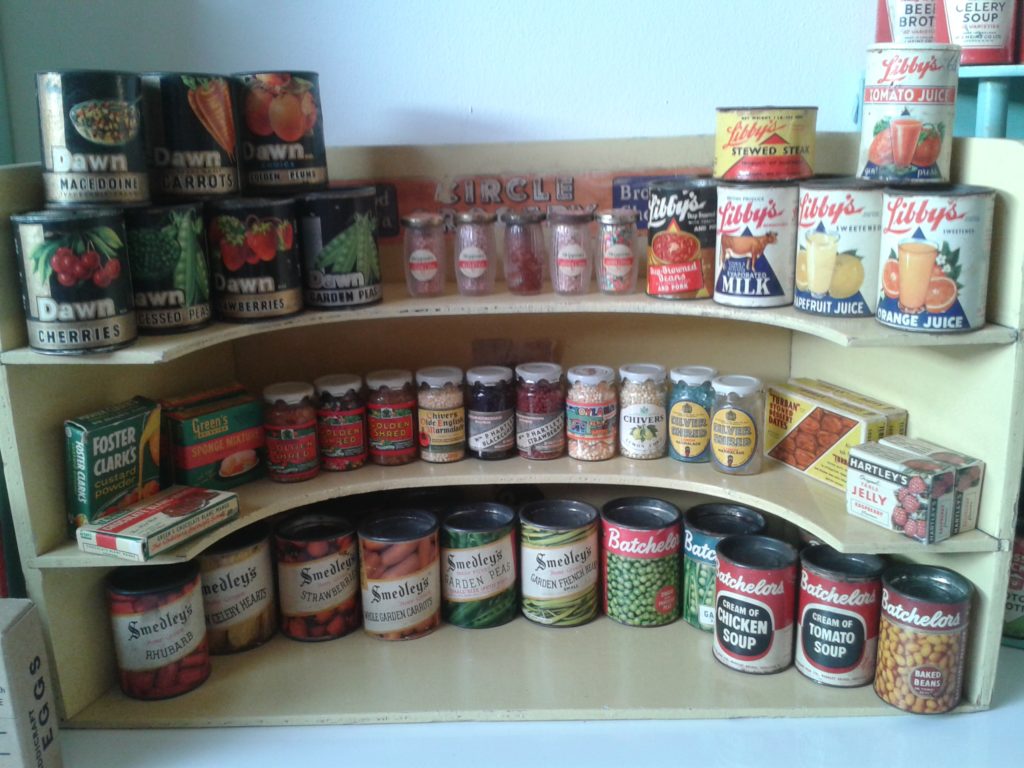
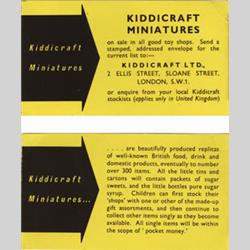
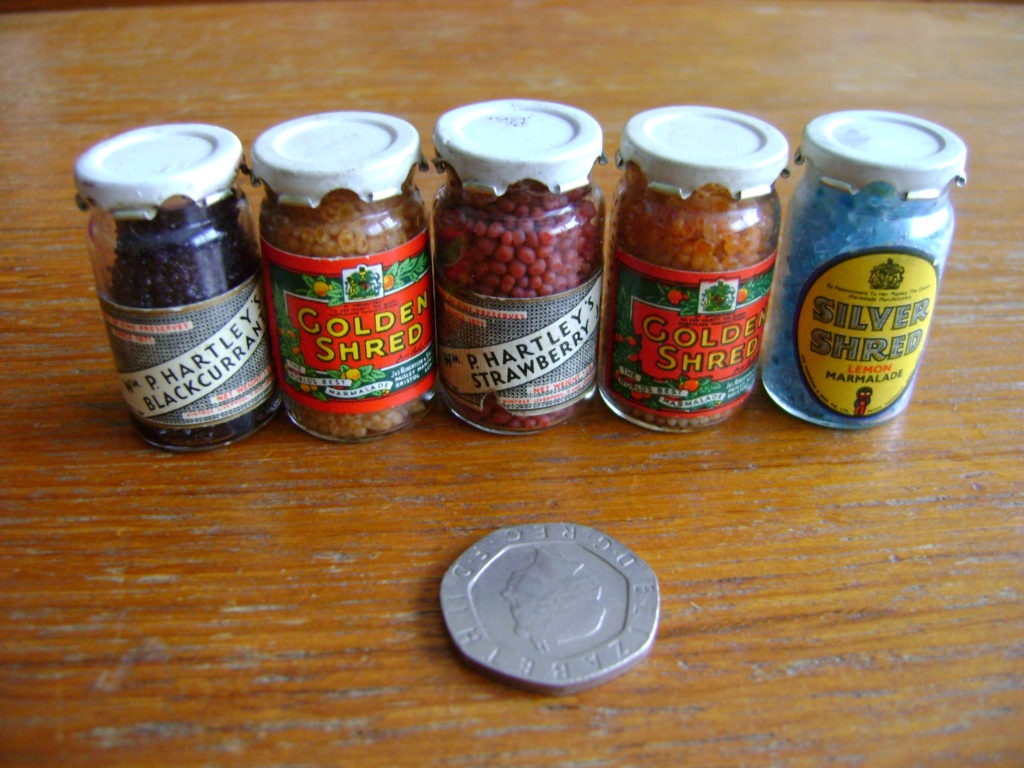
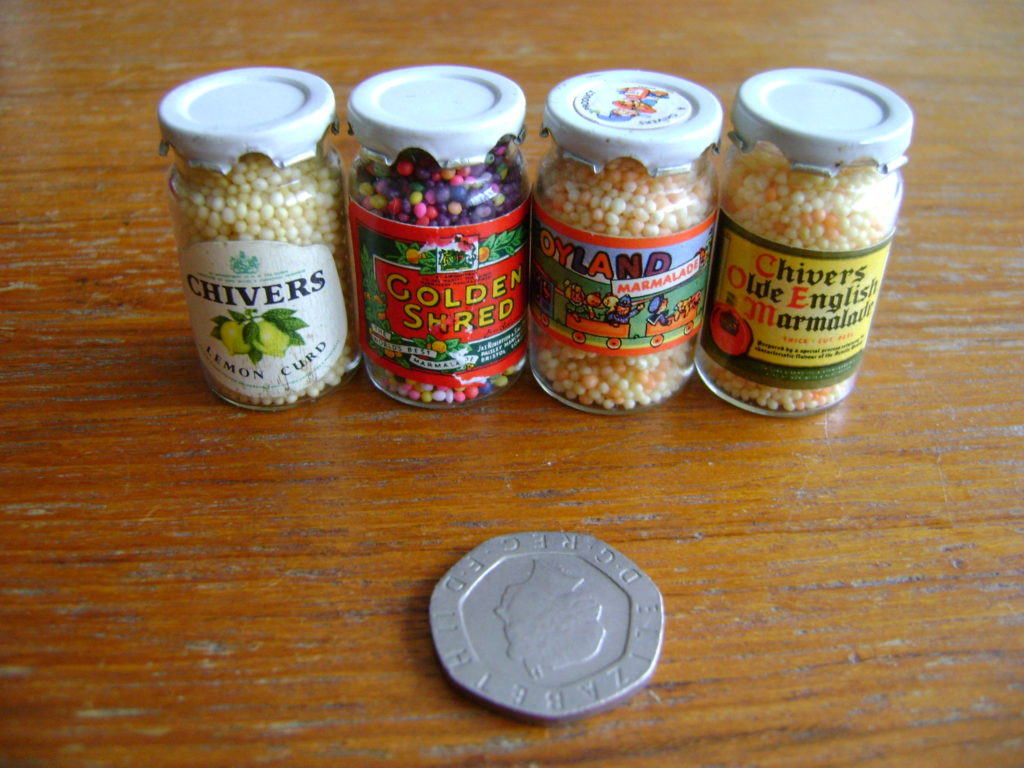
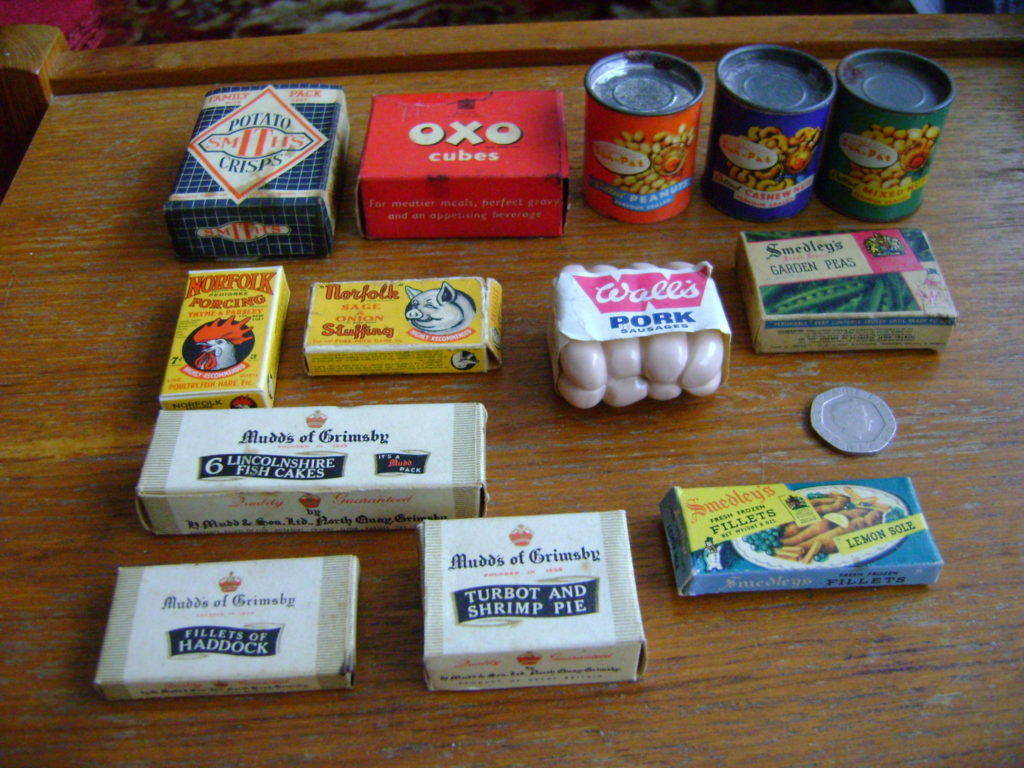
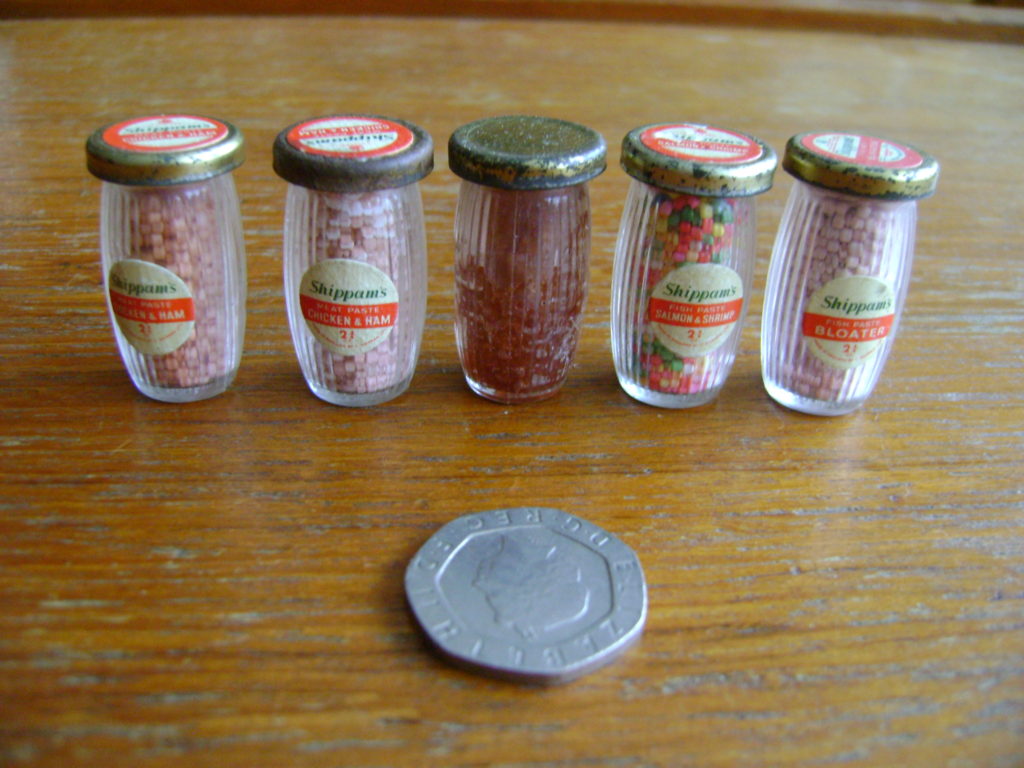
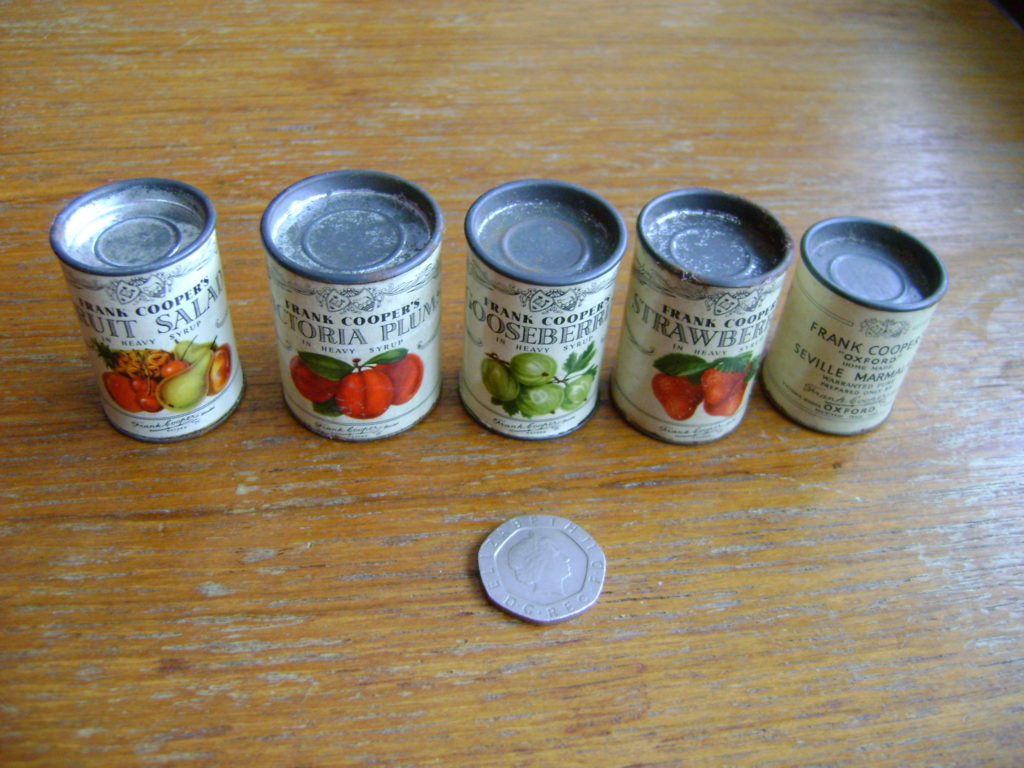
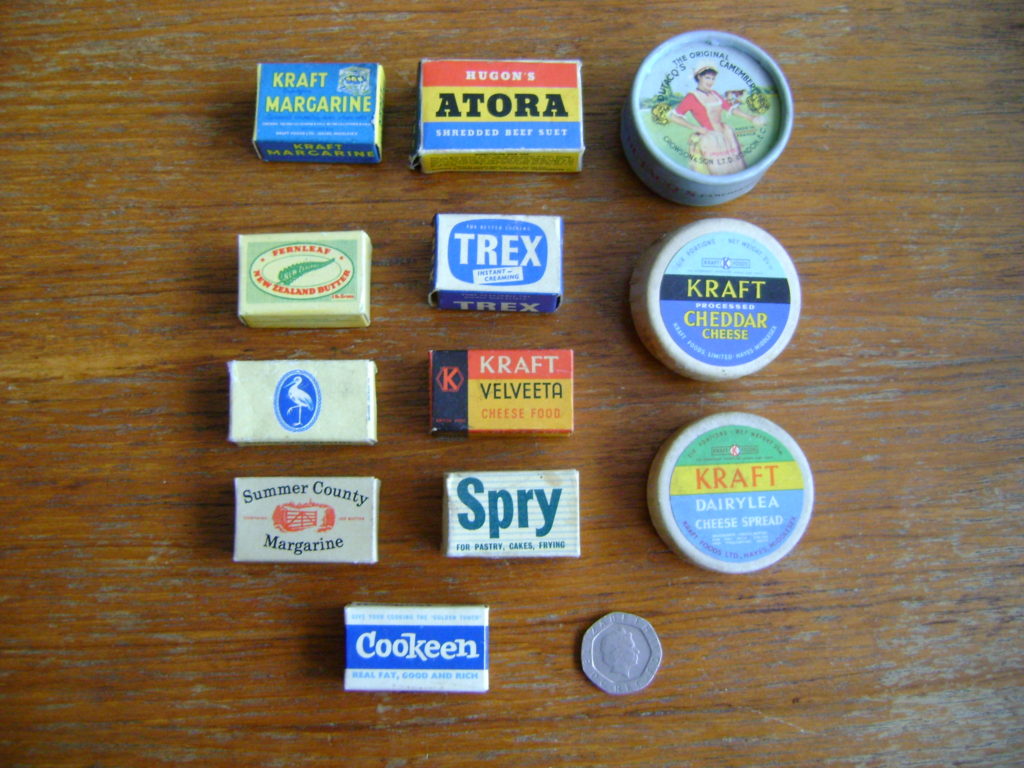
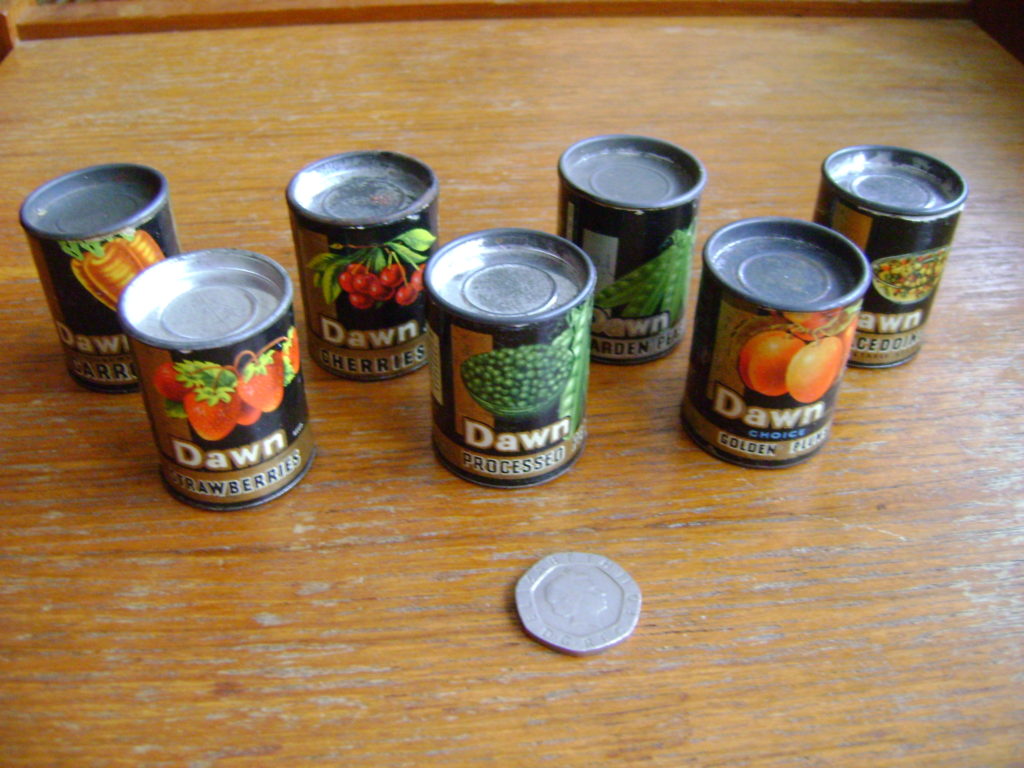
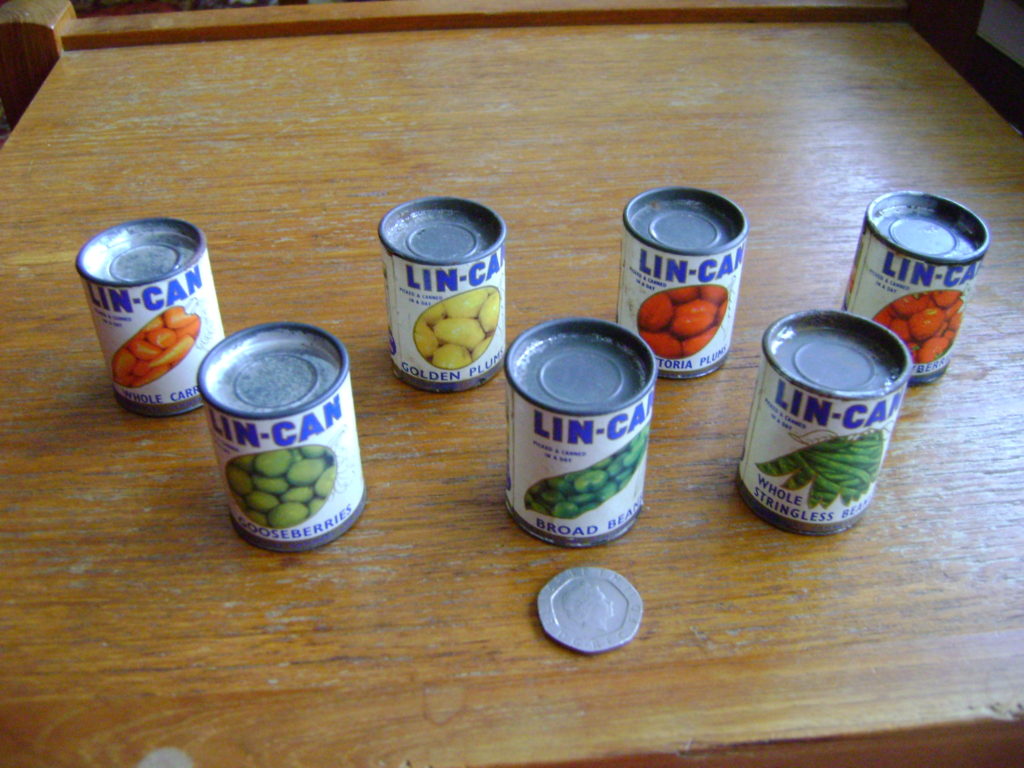
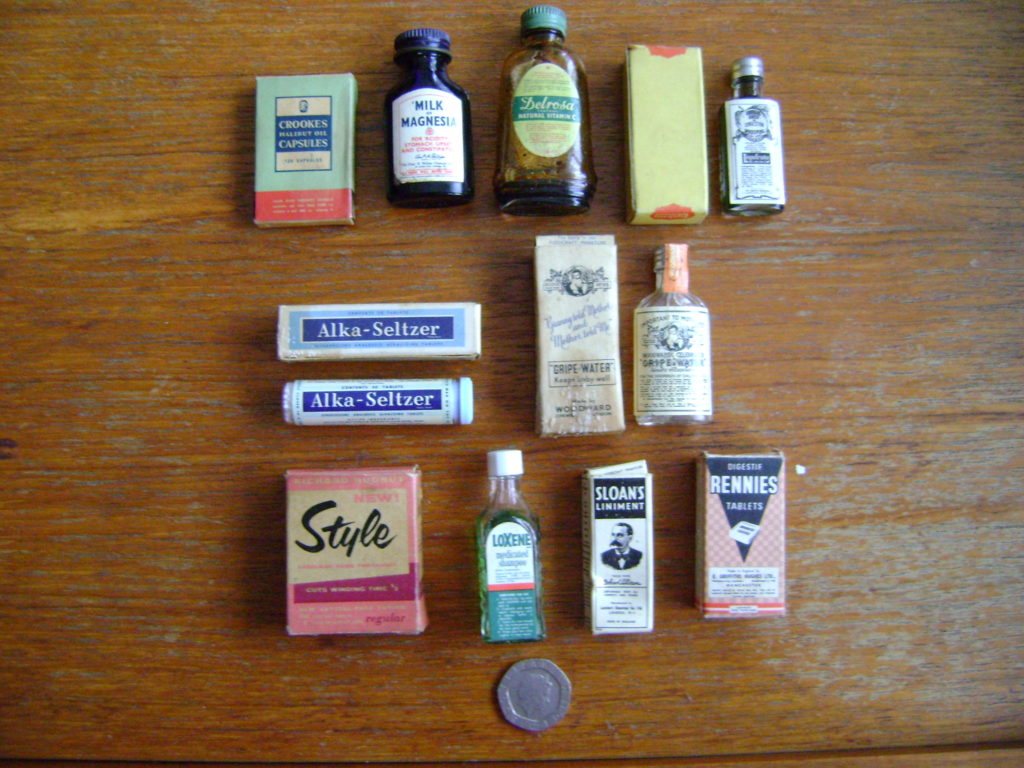
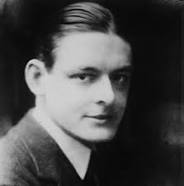 What would my next project be?
What would my next project be? 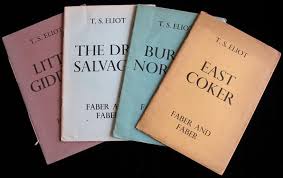 It all started in the market hall in Devizes.
It all started in the market hall in Devizes. 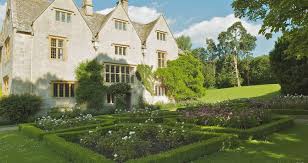 Burnt Norton is a manor house in the Cotswolds with a lovely garden.
Burnt Norton is a manor house in the Cotswolds with a lovely garden. 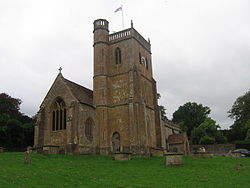
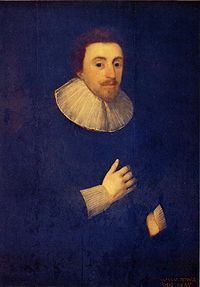
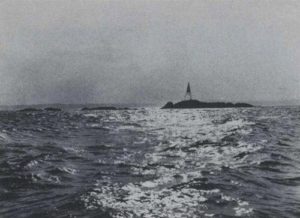
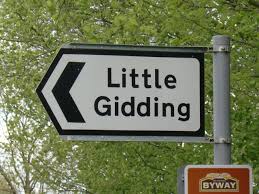 What did amuse me though was that I was conducting this little charade during the height of a lovely English summer.
What did amuse me though was that I was conducting this little charade during the height of a lovely English summer. 